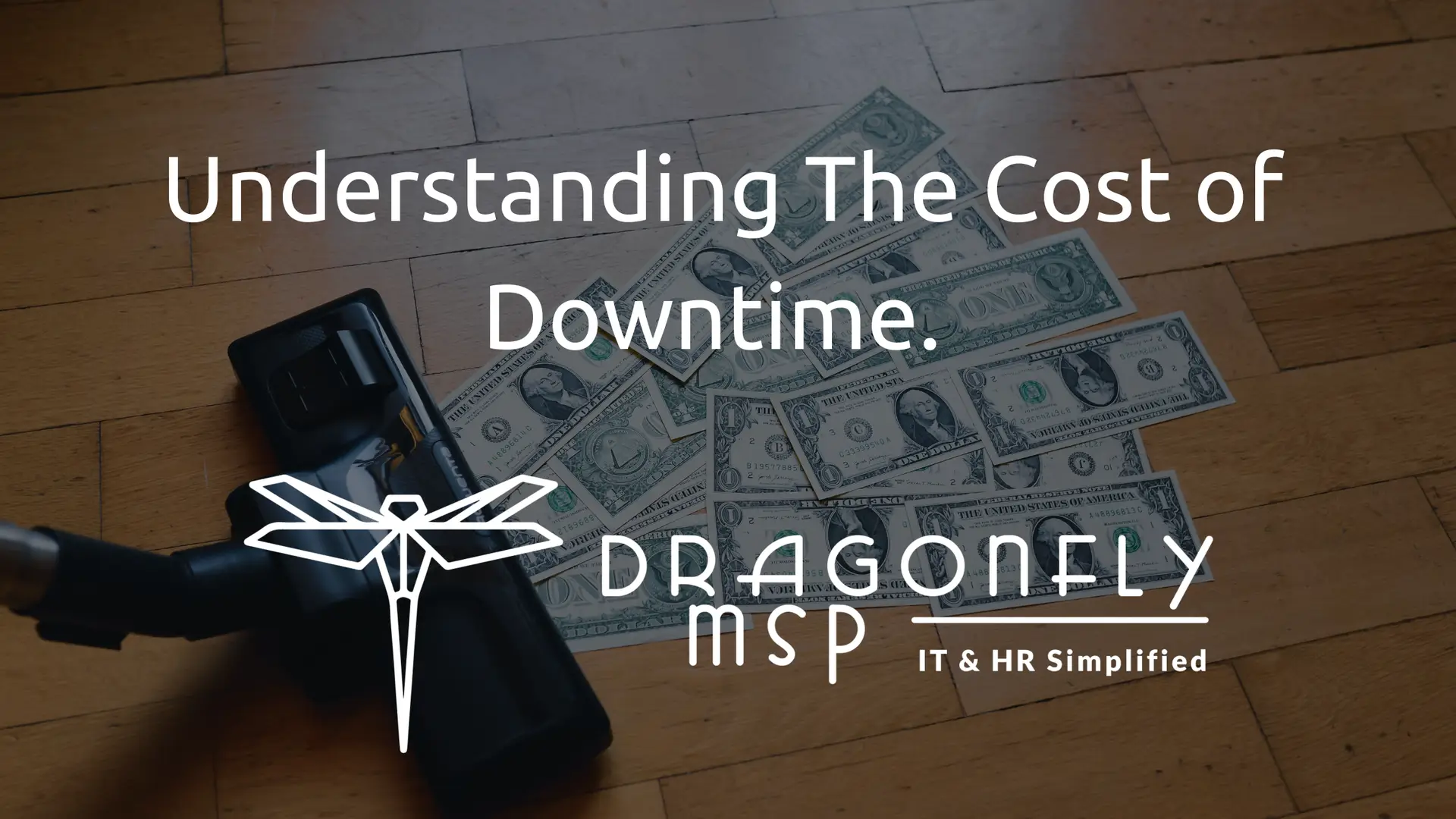In today’s fast-paced business world, downtime can be a nightmare for any organization. Whether it’s due to a cyberattack, natural disaster, or technical glitch, the cost of downtime can be staggering, affecting everything from productivity to customer trust. That’s where disaster recovery comes into play. By having a robust disaster recovery plan, businesses can mitigate the impact of disruptions, ensuring they bounce back swiftly and efficiently. But what exactly is the cost of downtime, and why does disaster recovery matter so much? Let’s dive in.
The Cost of Downtime: Why Disaster Recovery Matters
When systems go offline, the consequences can extend far beyond the financial realm. Here’s how downtime can impact your business:
-
Financial Losses: The most immediate and apparent cost of downtime is financial. Every minute your systems are down, you’re potentially losing revenue. For e-commerce platforms or service providers, this can mean thousands, if not millions, in lost sales and billing hours.
-
Productivity Decline: Employees twiddling their thumbs due to system outages don’t contribute to productivity. Projects get delayed, deadlines are missed, and the backlog grows.
-
Customer Trust and Satisfaction: Trust is hard to earn and easy to lose. When customers can’t access your services or experience delays, their confidence in your reliability wanes.
-
Brand Reputation: In the age of social media, word travels fast. A single downtime incident can lead to negative reviews, tarnishing your brand’s image.
-
Operational Disruption: Beyond immediate financial loss, downtime can disrupt entire operational workflows, leading to longer recovery times and increased stress on your team.
-
Compliance and Legal Issues: For industries bound by strict regulations, downtime can lead to compliance breaches, resulting in hefty fines and legal challenges.
Why Disaster Recovery Matters
Disaster recovery isn’t just about having a backup of your data; it’s about having a comprehensive plan that ensures business continuity. Here’s why it matters:
-
Speedy Recovery: A well-crafted disaster recovery plan allows businesses to restore operations quickly, minimizing downtime and financial loss.
-
Data Protection: Protecting sensitive data is crucial. Disaster recovery ensures that data is backed up and can be retrieved in the event of a cyberattack or hardware failure.
-
Customer Assurance: Knowing that a company has a disaster recovery plan in place can boost customer confidence, reinforcing the notion that the business is prepared for unforeseen events.
-
Competitive Edge: Companies with effective disaster recovery plans are often seen as more reliable and trustworthy, giving them a competitive edge in their industry.
-
Peace of Mind: Knowing that there’s a plan in place provides peace of mind to business owners and stakeholders, allowing them to focus on growth rather than potential disruptions.
Steps to Develop a Disaster Recovery Plan
Creating a disaster recovery plan involves several key steps. Here’s a roadmap to guide you:
-
Risk Assessment: Identify potential risks and vulnerabilities that could lead to downtime. This includes cyber threats, natural disasters, and technical failures.
-
Critical Systems Identification: Determine which systems and data are essential for business operations. These should be prioritized in your recovery plan.
-
Backup Strategy: Implement a robust backup solution that includes both on-site and off-site storage. Regularly test backups to ensure data integrity.
-
Recovery Procedures: Develop clear recovery procedures for restoring systems and data. Assign roles and responsibilities to team members.
-
Communication Plan: Establish a communication plan to keep stakeholders informed during a disaster. This includes employees, customers, and vendors.
-
Testing and Training: Regularly test your disaster recovery plan and train employees on their roles. This ensures everyone is prepared when a real disaster strikes.
FAQs
What is the average cost of downtime for a business?
The cost of downtime can vary widely depending on the size and nature of the business. On average, downtime can cost small businesses hundreds of dollars per minute, while larger enterprises can lose thousands or even millions.
How often should a disaster recovery plan be tested?
It’s recommended to test your disaster recovery plan at least annually. However, more frequent testing may be necessary if there are significant changes to your IT infrastructure or business processes.
Can small businesses afford a disaster recovery plan?
Absolutely! While comprehensive disaster recovery plans can be costly, there are scalable solutions tailored to fit the budget of small businesses. The investment often pays off by reducing the risk of costly downtime.
What are the key components of a disaster recovery plan?
Key components include risk assessment, critical systems identification, backup strategies, recovery procedures, and a communication plan. Regular testing and training are also essential.
Conclusion
The cost of downtime can be detrimental, but with a solid disaster recovery plan, businesses can safeguard against potential disruptions. By understanding the importance of disaster recovery and implementing the right strategies, companies can ensure continuity, protect their reputation, and ultimately, thrive in the face of adversity. Remember, it’s not just about bouncing back; it’s about bouncing back stronger.







